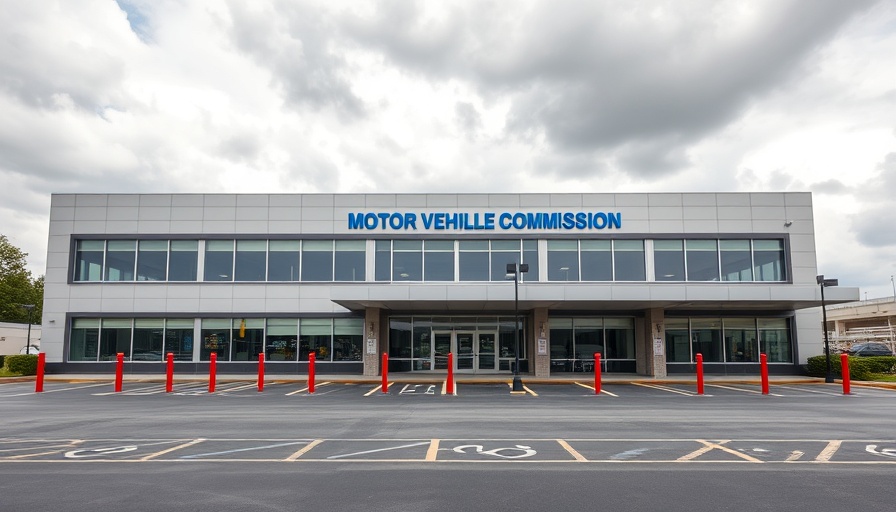
A Dynamic Shift in Philadelphia Politics
U.S. Rep. Dwight Evans’ decision not to run for reelection has catalyzed an electrifying race to represent Pennsylvania’s 3rd Congressional District, the most Democratic district in the United States. This area covers a significant portion of Philadelphia, including West Philadelphia, parts of North Philadelphia, and much of Center City. The upcoming primary next May is drawing a colorful mix of candidates, including three state legislators and an array of first-time contenders. Their diverse backgrounds suggest that voters will have a rich selection of choices as they navigate this pivotal election.
A Democratic Stronghold: What’s at Stake?
The Cook Political Report rates the 3rd District with a staggering “+40 D.” With such overwhelming Democratic support—evidenced by Kamala Harris's 88%-11% victory here last year—candidates must find ways to stand out. The political climate indicates that despite their shared liberal leanings, voters will gravitate towards candidates who resonate on a personal level, stressing the importance of identity and identification over traditional partisan ideologies.
The Candidates: A Closer Look
Among the candidates, state Sen. Sharif Street emerges as a notable figure, benefiting from a strong name and community recognition. He has already made headlines with early union endorsements and strategic fundraising efforts. However, the competition remains fierce with candidates like Morgan Cephas and Chris Rabb, who offer varied perspectives and commitments to the district's communities. Importantly, the influx of new voices into this race suggests that long-standing residents are eager for representation that reflects their diverse realities—making this an election that could redefine local political dynamics.
Strategies for Success: Beyond Fundraising
Political consultants emphasize the multi-faceted nature of campaigning in such a stronghold. Fundraising remains essential for visibility, but as Dan Fee points out, a candidate’s personal identification also plays a crucial role. Constituents may prioritize candidates they feel an emotional connection to—those who echo their values, backgrounds, or personal stories. In a race where policy may overlap among candidates, authenticity and relatability could become the deciding factors.
A Community-Centric Approach: The Voter’s Voice
As voters prepare for the primary, they face the critical task of evaluating which candidate truly speaks to their needs. This contest is not merely about policies; it is an opportunity for residents to reflect on what they desire in leadership—a connection to their struggles, a commitment to healthcare, educational equity, or economic opportunities. The yearning for authentic representation is palpable and might just shape the outcome of this contest.
The Road Ahead: What to Watch For
The next few months are ripe with possibilities for both candidates and voters. Observers will be keen to track how campaigns progress, the strategies employed, and the energy among constituents. The potential emergence of new candidates adds layers to an already dynamic election. Ultimately, as the dust settles in this “wide-open race,” it will be fascinating to see how Philadelphia’s most Democratic district chooses its next representative.
For those interested in staying abreast of this election and its implications for Philadelphia's future, engaging with local news and discussions is key. Understanding the impact of choices made today will shape the community for tomorrow.
 Add Row
Add Row  Add
Add 




Write A Comment